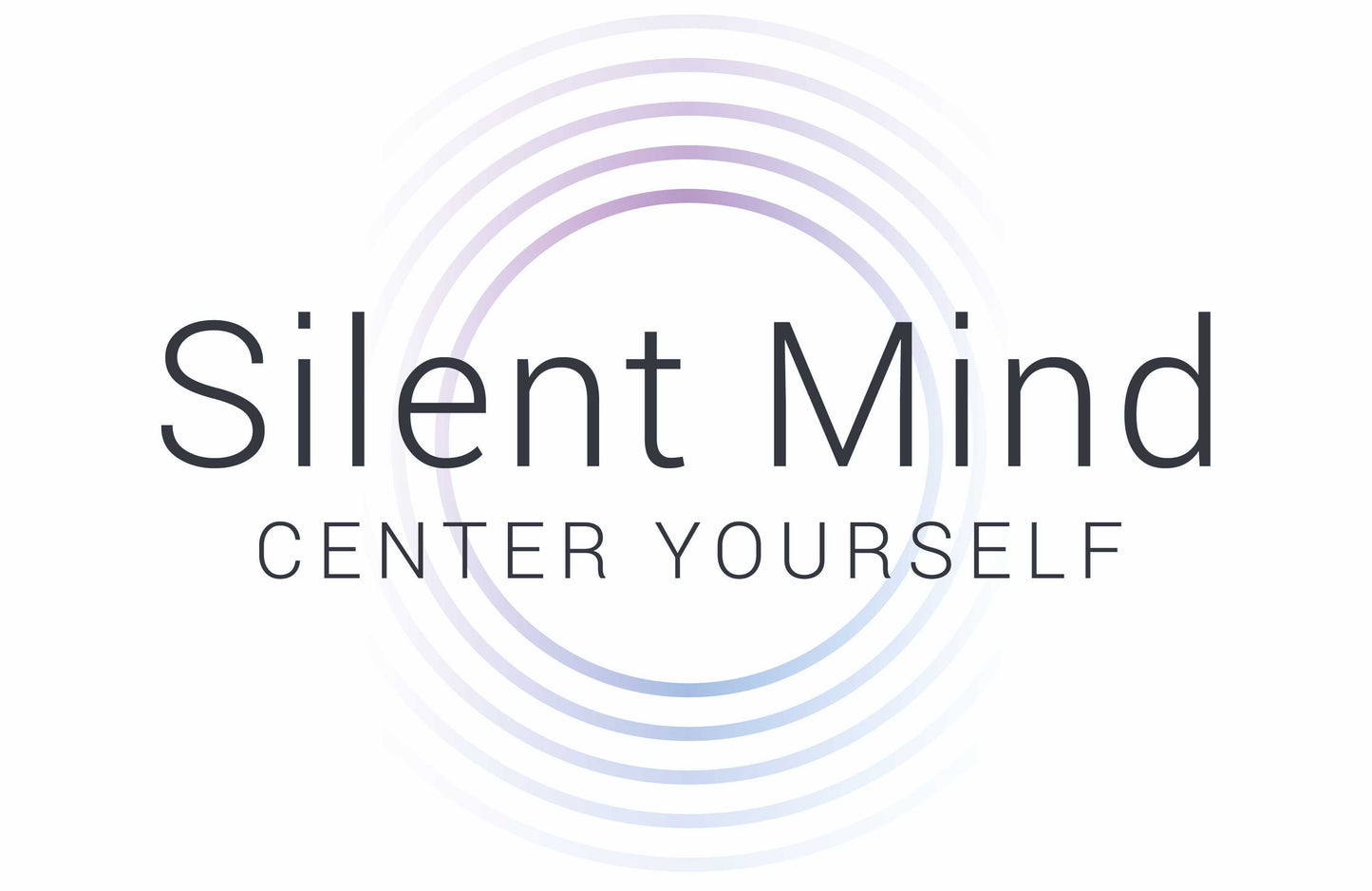
The second mindfulness went mainstream, numerous myths were born. From corporate initiatives to what a “mindful” person eats, wears, and buys, we’ve all surely developed an opinion on what mindfulness should look like in the real world.
In society at large, some misconceptions - and dare we say it, doubts - have emerged about what mindfulness is and isn’t. The journey looks different for everyone, but let’s clear the air on six of these myths right now.
- Mindfulness won’t work if your brain is still chattering away.
The biggest hang-up people experience when trying to practice mindfulness would be their own thoughts. But even if you are experiencing many thoughts, you can still be mindful. Mindfulness isn’t an emptying of the mind, it’s an observation of it. Eventually, you may find that you can more easily tell the difference between yourself and your thoughts.
- Mindfulness is meditation.
Typically, we don’t practice mindfulness the way we practice meditation. The main requirement for mindfulness is an awareness of the present moment. The present moment may be on a crowded subway, a work meeting, or a parade. Meditation, on the other hand, sees us tuning into what’s happening inside, and usually takes place while sitting in a quiet area.
- Mindfulness is effortless.
Mindfulness? Some people think it’s so easy, there’s little point in doing it. The truth is, a lot of us have to constantly and consciously work to guide our minds back to the present. This requires persistence and patience. It might be much easier to be mindful in pleasant situations, but practicing it when we want to be distracted? Pretty tough.
- Mindful people are centered at all times, and somehow above others.
People might shy away from mindfulness simply because they don’t view themselves as capable of being that person. But practicing mindfulness doesn’t mean one has the inside track to total enlightenment, and it doesn’t mean you have to change anything else about yourself.
- Mindfulness is just a trend.
It’s true that many concepts like mindfulness fall in and out of favor in the West. Right now, it’s having a huge moment, so people might naturally assume it’s just a cultural phase. To be fair, the commercialization of free skills like mindfulness is a valid concern. However, the benefits we get, like better concentration, relaxation, and self-knowledge, will always be in fashion.
- Mindfulness should only make you feel good.
Frankly, there are times when mindfulness is pretty unpleasant. During periods of anxiety, moving toward that which makes us anxious is one of the last things we want to do. Yet we learn coping skills along the way, and this is another great benefit of mindfulness. If we can stick with the tense, tough moments, we notice that over time, we no longer have the intense reactions we used to.
What did you think mindfulness was before you began practicing it yourself? What surprised you most? Are there any mindfulness myths we missed that you’d like to share? Let us know below.

My understanding of mindfulness is being aware of the here and now at all times no matter what you are doing anywhere at anytime as expounded by Eckart Tollie in his book, The POWER of NOW. I hope my interpretation is correct.